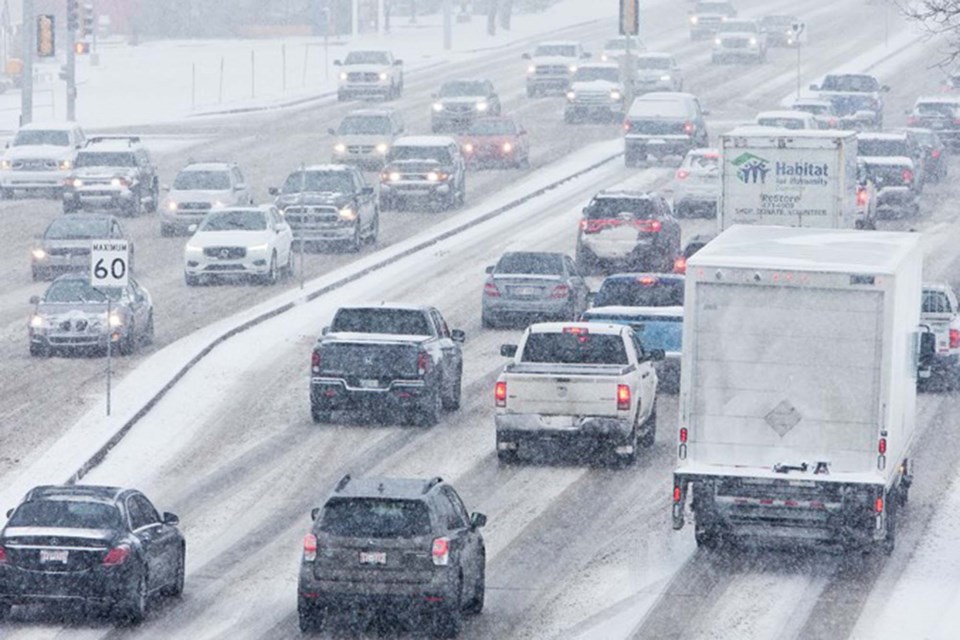Changing buildings to make them more weather resistant will save money and lives in the long run, says one expert.
In the wake of another summer of extreme weather events, including another fire raging near Lytton B.C. — a town that was nearly burned to the ground last year from a wild fire — Betsy Agar, buildings and urban solutions manager for the Pembina Institute, said it is important to prepare out infrastructure to help withstand more extreme weather events that are coming.
“We are seeing people lose their lives,” Agar said.
Weather events such as extreme heat are impacting vulnerable populations — seniors, children, pregnant women, and those living with chronic disease — much more than other populations, and retrofits to building can help ease the impact of these big weather events, Agar said.
Homes and buildings need to be providing a safe barrier between people and the weather events happening outside, so adding thermal upgrades, insulation, and sealing off outdoor air sources that can bring in extreme heat, is important.
Using mechanical ventilation with the ability to bring in fresh air while filtering out pollution and pathogens like COVID is also important, Agar said.
Homes can be built with fires and floods in mind, Agar said, and siding materials that don’t spread fire can be used to protect against damage in known fire zones. Installing infrastructure to help protect against sewer backups can help protect homes from some of the damage floods bring, Agar said.
Many of these changes can be done once and will last a lifetime, Agar said, and the retrofits can be built in as part of regular building maintenance and replacement.
There is some investment from government to help support these kind of retrofits, Agar said, but typically the government ends up paying the price for climate change through health care and recovery costs after an event has happened.
The recovery after B.C.’s 2021 flooding is reaching nearly $9 billion, and the historic rainstorms and flooding only impacted some southern portions of the province.
People are also paying for the weather events with their lives, Agar said, with the B.C. coroner’s report concluding that 619 people died in last year’s heatwave and some 98 per cent of those people were inside at the time of death, where they would have been considered safe from the elements.
“The money that governments are spending to react to this damage from these weather events could be more effectively spent on adaptation measures, preventing the damage in the first place,” Agar said.
Right now there is not enough government funding to help support retrofits on buildings to help protect residents from extreme weather events, and Agar wants to see these adaptations available to all Canadians through government funding.
“Currently the only people who really can afford (retrofits) are the wealthiest Canadians, and yet the most affected increasingly by these extreme weather events are poor and vulnerable populations,” Agar said.
In 2020 the federal government earmarked $2.6 billion over seven years to fund energy efficiency upgrades and low-carbon retrofits in buildings across the country, however the Pembina Institute estimates it will cost $10 to $15 billion annually for 20 years to retrofit homes and buildings across the country to endure extreme weather events.
While the money would hit the government bank account, Agar said there are broader economic benefits to funding these projects across the country.
“There’s economic development benefits and there’s skills and job growth,” Agar said.
“We could be growing Canada’s economy at the same time.”



